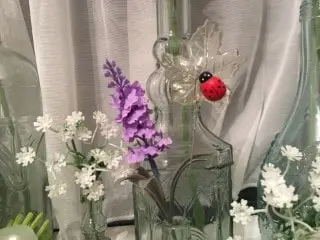Ladybugs are wonderful beneficial garden insects for aphid control. However, dozens of ladybugs in my house grouping together can be annoying and bothersome.
They can quickly go from cute, bright, and beneficial insects to smelly, annoying beetles.
So here’s the quick answer, then we’ll discuss further and add some solutions.
Ladybugs in my House! There are quite a few ways to deal with a ladybug infestation in your home. Simple methods include vacuuming them up, spraying vinegar on your walls, or trapping ladybugs in dish soap water. There are also chemical methods such as spraying insecticides. So what should you do?
First, let’s take a look at why they come into your home in the first place. For ways to prevent them, you could also see what attracts ladybugs.
Why Ladybugs Come Into Your Home
Ladybugs also known as cluster hibernators, swarm houses in winter to escape cold weather and overwinter in warm places.
They search for protective environments and climates to overwinter and sometime aestivate.
In rural areas, they tuck themselves in crevices on rocks and tree bark. But in urban areas, houses attract them more than rocks or barks.
Ladybugs simply look for vents, and cracks in walls, or ceilings and soon they become your guests, living and dining with you.
They’re also attracted to brightly lit and flat surfaces. The warmth of houses is another factor that attracts ladybugs indoors.
The infestation can be really exasperating and challenging to remove without professional help from pest control and management.
When Do Ladybugs Come Inside My Home?
As fall approaches, get ready to welcome the uninvited guests.
When the temperature gets below 55 degrees F, ladybugs are unable to fly, and with limited food sources available, they’ll look for warm protective places to hibernate.
Infestation happens every fall and stays during the months of winter.
If you see ladybugs in your house, this means they’ve been there since fall and as the temperature rises a bit, a warmer day makes them more active.
What Type of Ladybeetles Are They?
Ladybugs that you find snuggling up in your house, typically consist of an orange and black variety of ladybugs, rather than the bright exotic red ladybugs with black spots.
Bad guys, infesting indoors, are especially Asian ladybugs.
Adult ladybugs are oval, convex, and about a ¼ inch long. These beetles, native to Asia, like to hibernate inside warm cozy homes during winter.
This is the reason why ladybug infestation occurs in months of fall.
Another type of ladybug called the convergent ladybug, congregate together to hibernate in the fall.
If you’re not sure if they are even Ladybugs, then check out my guide to bugs that look like ladybugs.
Why Should I Remove Ladybugs?
Although ladybugs are harmless, they do cause some trouble. Once they penetrate the home, they are hard to get rid of.
Rest assured, ladybugs don’t eat wood, fabric, or furniture in your house. these pesky beetles, release pheromones, which attract other ladybugs.
It is like one ladybug has found a nice warm place to hibernate and she wants all her friends to “camp out” with, for the winter.
These pheromones are also released during mating and hibernation, as a means of communication.
The pheromones, which ladybugs release, are so strong that they can be detected by other fellow ladybugs, up to a ¼ mile away.
The problem is, that the chemical ‘scent’ doesn’t go away easily.
It can remain year after year and it’s not only the outside structure that reeks of pheromones but also the inside of walls, where ladybugs tend to hide.
Scrubbing the whole house to get rid of the pheromone smell is a huge task, which almost sounds impossible and tiring.
Another surprise they have in store for you is the strange yellow stuff that you see from time to time.
This yellow stuff is their blood which also contains pheromones and unfortunately, it STAINS.
This yellow blood is released when a ladybug is scared. It’s a normal reaction called “reflex bleeding”, which is one of a ladybug’s five defense mechanisms.
The weird patches you see on your walls or curtains are actually caused by this yellow blood.
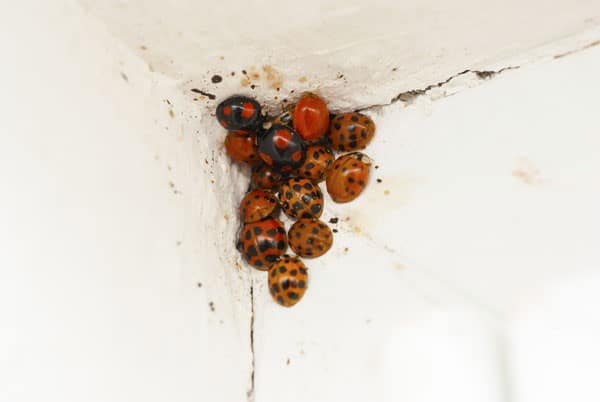
Ladybugs do not carry diseases with them nor are they poisonous, but ladybugs can bite your skin – some more than others. Although a ladybug bite is not a very serious problem, it’s still a nuisance.
11 Humane Ways of Dealing With Ladybug Infestation
One ladybug is cute, and two ladybugs are pretty, but dozens of ladybugs are a nuisance.
Since these beetles are extremely beneficial to our garden, it is not recommended to kill them in masses.
We list down more than 10 ways to deal with ladybug infestation in as humane a way as possible.
1. Vacuum Up
If your house has been invaded by a few ladybugs, it’s much easier to get rid of them as compared to dozens of ladybugs.
Simply grab your vacuum cleaner and let it suck in every pesky ladybug you spot.
Empty the contents of the vacuum cleaner in a sealed plastic bag and release them somewhere away from your home, just to ensure that they won’t find their way back to your house again.
It’s worth getting this vacuum extension to help trap them easily. If you can’t get them locally then I’ve added an amazon link for you.

2. Spray Vinegar
It’s as easy as it sounds. Pour white vinegar into an empty spray bottle and generously spray all over the surface where you see ladybugs resting or crawling.
White vinegar kills ladybugs as soon as it comes in contact and it also removes pheromones trails, which ladybugs release to attract other ladybugs.

3. Dish Soap Trap
You can create an easy trap for ladybugs by pouring a drop of dish soap into a bowl full of water. Place the bowl near a light place, such as next to a lamp or a window.
Ladybugs will be drawn to light and land on the dish soap mixture.
The dish soap works by removing tension in the water, which limits the movement of ladybugs and poor beetles are trapped in the water, unable to move.
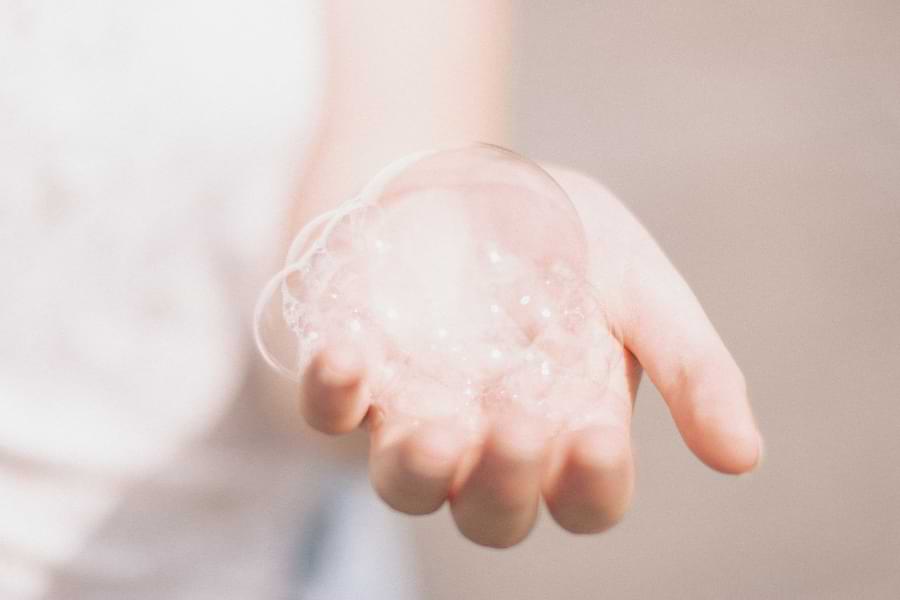
4. Light Trap
If you see ladybugs grouping together in dark places like cupboards or the attic.
I suggest that an insect light trap is best the idea to get rid of the infestation in dark places.
Rush to your nearest gardening store and purchase a good insect light trap like this one from amazon and simply place it in target areas.
Ladybugs are attracted to light, so they will likely enter the light trap.
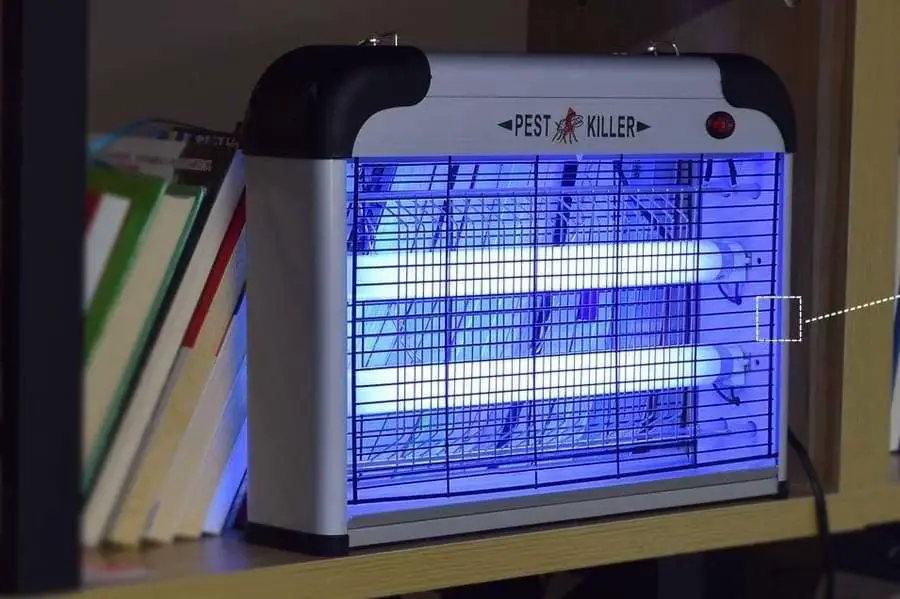
5. Use Citrus or Citronella
There are many things that ladybugs don’t like, and the smell of citrus or citronella is one of them.
Use citronella or citrus-scented candles around the entrance of doors or windows, when you leave them open.
You can also pour drops of citrus oil into a spray bottle and spray liberally in areas where you see ladybugs.

6. Bay Leaf and Cloves
Another scent that ladybugs dislike is the scent of cloves and bay leaves – you should be able to buy these locally quite easily.
The easy way is to get a small plastic bag and fill it with whole cloves and bay leaves and place them around the entrance or highly infested areas.
The scent will aid in keeping ladybugs away from your house.
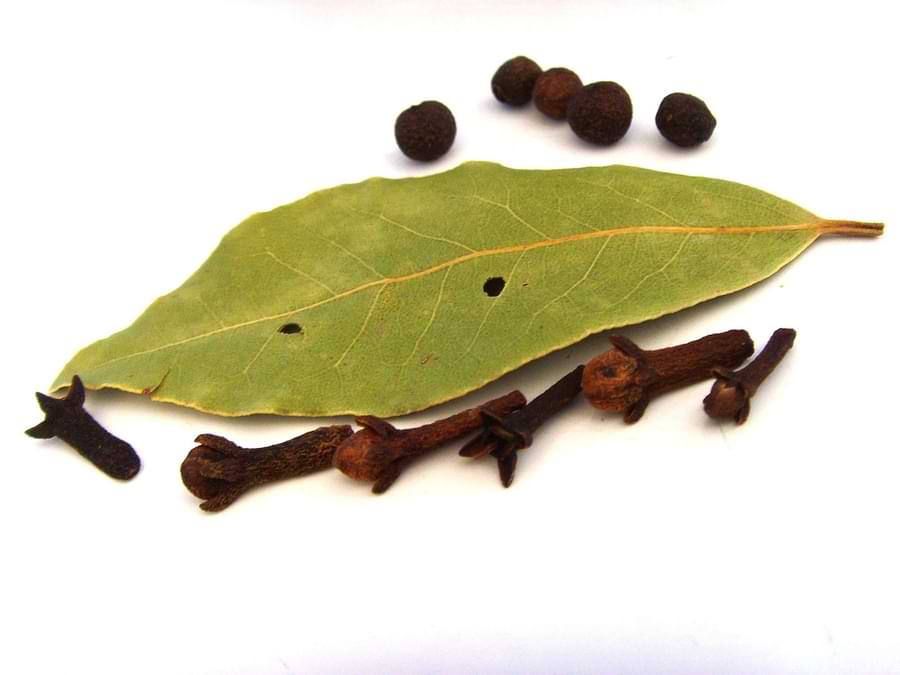
7. Diatomaceous Earth
Diatomaceous earth is an effective way of getting rid of ladybugs and preventing them to enter your house or garden.
Visit your local garden center or hardware shop to buy diatomaceous earth. Wear a mask, get your goggles out and sprinkle the white powder around the windows and doors of your house. Click the image to check the price on Amazon.
8. Plant Mums (Chrysanthemums)
Yes, you read that right. Mum is on the top of ladybug’s hate list.
Plant or add mums in your garden or in pots and place them around windows or entrances of your house.
These plants protect their neighbors (plants) and, also deter pesky beetles from entering your house through doors and windows.

9. Winterize Your home
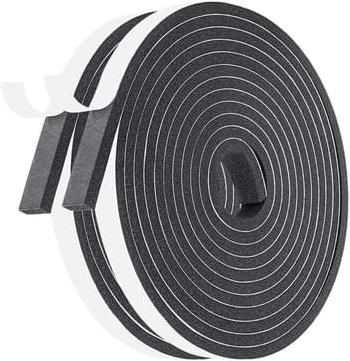
Ladybugs tend to infest homes around fall or closer to winter. As soon as winter arrives, they hibernate and when spring starts and the weather warms up, they come out of their hibernation.
Purchase weather stripping and cut small strips. Stick the adhesive side onto the interior seal. This will prevent ladybugs from getting into your house.
10. Camphor and Menthol
The smell of camphor and menthol is apparently great ladybug repellent.
They’re extremely sensitive to menthol and camphor, so misting the areas with high infestation would drive the ladybug out of their hiding places.

11. Ladybug House
I know you don’t want to share your house with ladybugs, but you want them around in your garden, munching on harmful pests.
You can purchase a ladybug house. you can purchase it online and place it outside of your house.
This will allow ladybugs to hibernate in their own house and keep them protected from other predators as well. Or make your own!
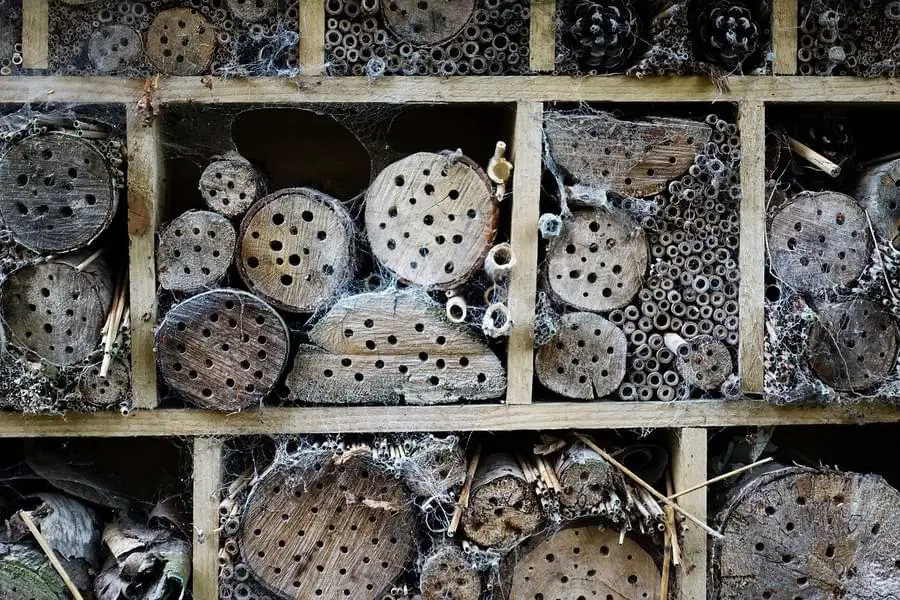
5 Chemical Ways of Getting Rid of Ladybugs
Home remedies are not always helpful, especially when you have a large ladybug infestation in your house. Spraying indoors without spraying outdoors is useless.
There are a few useful chemicals that can be used to get rid of ladybug infestation.
Demand SC Insecticide
It only takes half an hour to kill harmful insects with this product which contains the active ingredient lambda-cyhalothrin.
This product is also recommended by scientists at the University of Kentucky.
Cyper WSP
This water-soluble insecticide comes in small packs. To control the ladybug population in your house, use one small packet per gallon of water.
It is odorless but does leave stains on dark surfaces.
Tempo Dust Insecticide BA1011
This product is most trusted among consumers.
It contains cyfluthrin, which is effective in killing ladybugs and other insects. It is also recommended by the University of Kentucky.
PT 565 Contact insecticide
This product kills insects immediately when comes in contact with one. To get a quick knockdown, spray the product directly on ladybugs.
Talstar Pro 96 ounce
Widely used and approved by professionals, powered by bifenthrin, is designed to kill harmful insects. This product is safe to use outdoors as well as indoors.
Find out what a Ladybug in your house means
Ladybug meanings, In Luck Love, Luck, Signs, and Symbols
What If There Are Just a Couple of Ladybugs?
Fewer ladybugs in your house are not a problem at all.
In fact, if you have some house plants and they’re infected by aphids, these ladybugs can help you and your plants by eating aphids.
Fewer ladybugs are easy to remove and get rid of, as compared to large groups of ladybugs.
Just be sure not to leave them around too long, lest they try to summon more with pheromones – to enjoy the party!
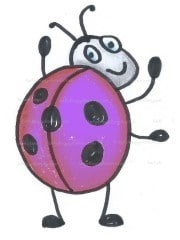
Ever had a Purple Ladybug in your home?
How to Prevent Ladybugs From Coming Into My House?
It is always recommended to use proactive measures to stop ladybugs from getting inside.
Look for any cracks or gaps that might be there and seal them right away.
These cracks and small openings might be an entrance for ladybugs. Repair or replace old and damaged windows.
You can also use silicone caulks to seal and close openings. Use citrus-scented candles to repel ladybugs.
Bay leaves and cloves can also be helpful in deterring ladybugs and keeping them outside.
Ladybugs in My House – Anything Else I Need to Know?
Before dealing with ladybug infestation, there are a few things that you must keep in mind.
Ladybugs aren’t harmful, but their infestation can be pretty annoying.
Ladybugs don’t carry diseases, so you don’t have to worry about being infected by them and they rarely bite.
Neither do they damage structures nor do they lay eggs indoors.
Ladybugs are fond of old-style houses with natural wood siding or light-colored homes.
Don’t try to agitate them, when stressed they release their yellow smelly liquid which stains.
In spring ladybugs leave the house and before they return to camp out in your house again, you can scrub your house and spray insecticide, so they won’t find their way back again.
Ladybugs hibernate indoors during winter and become active in springtime. Because they’re beneficial insects, killing them in large numbers is not recommended.
First, use natural and less harmful remedies to deal with the infestation. If that does not work, then switch to chemical methods to get rid of ladybugs.
In case you’re wondering what an infestation looks like in someone’s home. then
I’ve added a video from a pest control company demonstrating the frustration it can cause.
Ladybugs in my House – Related Questions
What do ladybugs eat? Ladybugs eat aphids, mites, mealybugs, and other soft-bodied insects. some species of ladybugs dine on fungi and plants as well. Here’s the complete Ladybug Food Menu.
Where do ladybugs live? Ladybugs demand less when it comes to their habitat. They can live in most temperate climates, ideally where there are aphid colonies nearby or some source of food. They can be found in gardens, forests, fields, crops, and even homes.

